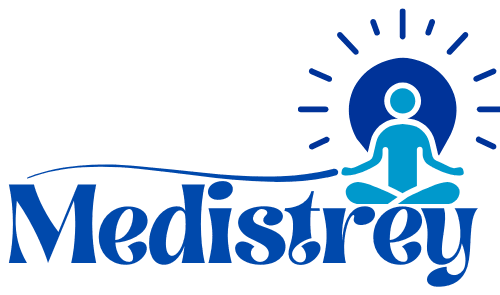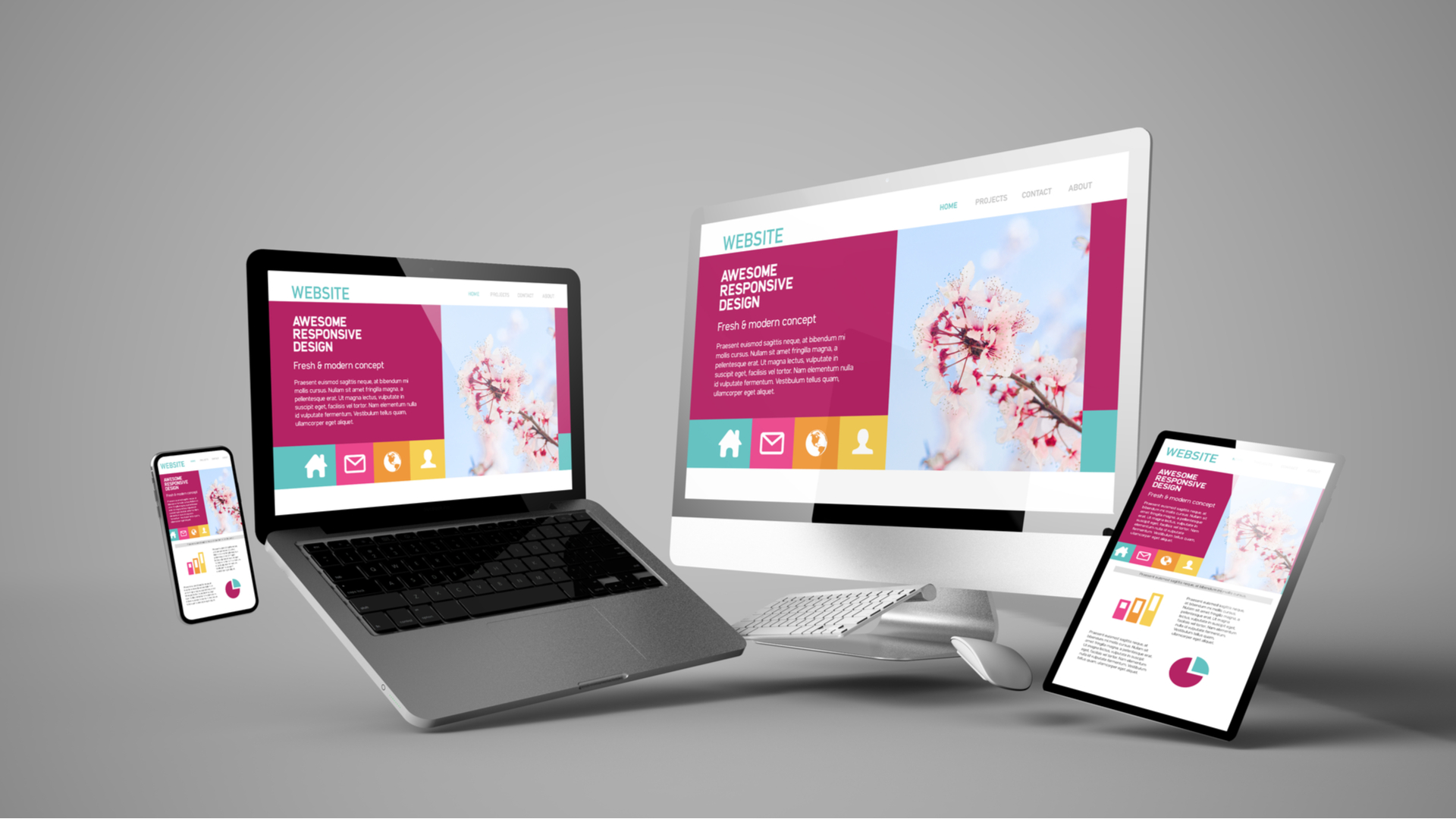A website that loads quickly is crucial to provide a pleasant user experience as well as a higher rank in search engines. Google, along with other major search engines, places a high value on the speed of pages for ranking purposes, so a slow-loading website could hinder your results for searches. If your website loads too slowly, users are more likely to leave, which can increase the bounce rate and decrease conversions.
To increase the rankings of your site’s search engines, you must concentrate on improving efficiency and speed. This guide will outline the most efficient ways to improve the speed of your website and make sure it ranks high on search engines.
1. Why Website Speed Matters for SEO
The speed of websites plays an important role in SEO as well as user experience. If a website loads slowly, users become frustrated and leave the site before engaging with the content. Google evaluates bounce rates and engagement of users when evaluating websites, and the slow loading of your site could negatively impact your SEO performance.
Key Benefits of a Fast Website:
- More Search Engine Rankings – Faster pages are ranked higher by Google.
- Improved User Experience – Users stay longer and interact more by using fast websites.
- Lower bounce rates. Visitors are more likely to quit the page before the page loads fully.
- Faster Conversion Rates and Speed result in better customer satisfaction and increased sales.
When you optimize your website’s speed, you can improve the search engine ranking of your website and increase the number of visitors who return to your site.
2. Measure Your Website Speed
Before you make any changes, take a look at your website’s speed in order to find areas of concern.
Tools to Measure Website Speed:
- Google PageSpeed Insights: Offers speed scores and optimization tips.
- GTmetrix offers detailed reports on performance and suggestions.
- Pingdom tests loading time and detects slow components.
- WebPageTest tests the performance of websites from various locations around the world.
When you have identified slow-loading parts, you can then prioritize the fixes to speed up your site’s performance.
3. Optimize Images for Faster Load Times
Large images slow down your site. Optimizing images can greatly improve loading speed, without compromising quality.
Best Practices for Image Optimization:
- Compress Images makes useof tools such as ImageOptim or TinyPNG to decrease the size of your files.
- Make sure you use the right format – Make use of WebP for better compression, or JPEG for images, and PNG for images that are transparent.
- Resize Images – Don’t upload huge images if they aren’t necessary, or scale them to follow the layout of your site.
- Allow lazy loading to load pictures only after they show on the screen, thereby reducing the time it takes to load them.
By optimizing images, you will improve the performance of your website as well as enhance the user experience.
4. Enable Browser Caching
Caching lets browsers save files for a short period so that they don’t need to load each time a visitor goes to your site. This reduces the time it takes to load and is especially beneficial for those who visit frequently.
How to Enable Browser Caching:
- Change the .htaccess File to set the expiration headers of cached resources.
- Make use of a Caching plugin – If you’re using WordPress, install plugins such as WP Rocket and W3 Total Cache.
- Make use of CDN Caching. The Content Delivery Network (CDN) caches static files for quicker access to the world.
- Implementing caching could speed up the loading of your website and also reduce the load on servers.
5. Minimize HTTP Requests
Every website has multiple elements such as CSS, JavaScript, and images. Each element requires an individual HTTP request, which can slow down the site.
Ways to Reduce HTTP Requests:
- Combining CSS with JavaScript Files – Fewer files mean fewer requests.
- Make use of CSS Sprites and merge multiple images into one file to decrease the number of requests.
- Enable Asynchronous Loading. Load JavaScript only when it is needed.
- The reduction of HTTP requests results in speedier page rendering and better SEO performance.
6. Use a Content Delivery Network (CDN)
CDN is a collection of servers that are distributed across the globe. It can deliver website content more quickly by delivering it from a site that is closest in proximity to users.
Benefits of Using a CDN:
- Faster Page Load Speeds Lower the latency, and speed up the delivery of content.
- Improves global performance – Users from different regions are able to enjoy speedier loading times.
- Improves Website Security and Protection – Protects from DDoS attacks and helps reduce the load on servers.
- The most popular CDNs are Cloudflare, Akamai, and StackPath, which can improve the search engine ranking of a website by enhancing the speed of loading.
7. Optimize Website Code
Bloated HTML CSS Bloated HTML, CSS, JavaScript can cause slowdowns on your website. Optimizing and minimizing code can boost efficiency and speed.
How to Optimize Code:
- Minify CSS, JavaScript, and HTML. Eliminate characters that are not needed by using tools such as Minify or UglifyJS.
- Eliminate the rendering-blocking feature JavaScript – Defer the non-essential JavaScript to avoid the slow loading.
- Make use of Gzip Compression Use Gzip Compression Compress files before transferring them to web browsers.
- Effective coding leads to better performance, speedier loading times, and better positions.
8. Choose a Fast and Reliable Web Hosting Provider
The web hosting company you use is a major factor in the speed of your website. If your website is located on a server that is slow, even the most efficient optimizations will not work.
What to Look for in the Best Web Hosting Provider:
- High-speed servers ensure that the hosting company is using fast SSD storage.
- Scalability – Select a hosting service that can handle spikes in traffic.
- Uptime Guarantee – Hosting that is reliable should offer 99.9 percent uptime.
- Integrated CDN and Caching features – Some web hosts provide integrated CDN and caching features for better performance.
By selecting the most reliable web hosting, you can ensure that your website’s loading speed is quick and efficient, which helps improve the rankings of your site on search engines.
9. Reduce Redirects and Fix Broken Links
Many redirects can slow down your site, causing your browser to load multiple pages before it reaches the end-to-end destination.
How to Reduce Redirects:
- Remove unnecessary redirects – Search for duplicate or outdated redirects.
- Repair broken Links. Utilize tools like Screaming Frog or Google Search Console to find and eliminate broken links.
- Make use of direct links whenever possible. Instead of redirecting users through a variety of pages, direct them straight to the last URL.
- Redirecting redirects to the right places will result in speedier page loading times and improved SEO performance.
10. Monitor and Continuously Optimize Your Website Speed
The speed of your website is not an overnight fix. It requires constant monitoring and periodic updates.
Ways to Maintain Speed Optimization:
- Do regular speed tests. Utilize tools such as Google PageSpeed Insights and GTmetrix.
- Update Themes and Plugins. Older plugins can slow down performance.
- Check Your Hosting’s Performance and upgrade your hosting in case your current service isn’t performing well enough.
- Through constant optimization of the site, you will ensure that it is always fast, efficient, and is ranked higher on search engines.
Final Thoughts
A speedy website loading is essential to SEO’s performance and user experience, as well as conversion rate.
Utilizing these optimization strategies by implementing strategies, you can significantly improve the search engine ranking of your website as well as increase user engagement of users and boost the amount of traffic.

